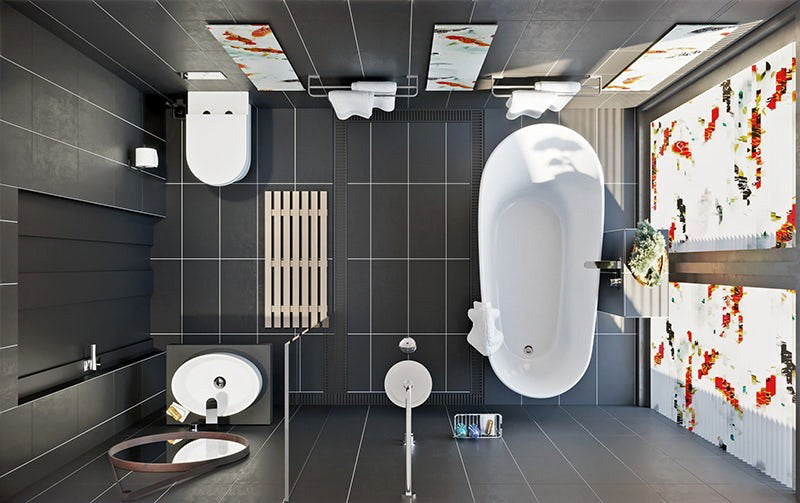
Common Water-Saving Toilet Problems Unveiled
Share
Understanding Common Water-Saving Toilet Problems
In the quest for environmental sustainability, many tech-savvy homeowners have embraced water-saving toilets as a practical solution to conserve water. However, despite their advantages, these innovative fixtures are not without their challenges. In this detailed exploration, we delve into the common water-saving toilet problems that tech professionals and enthusiasts may encounter. From installation issues to performance hiccups, understanding these problems can help you make informed decisions about incorporating water-efficient technology into your home.

1. Installation Woes
One of the initial hurdles with water-saving toilets is the installation process. Although the technology is advanced, not all toilets are built the same. Some models require specific installation techniques that can be intimidating for those unfamiliar with plumbing. It's crucial to follow the manufacturer's instructions meticulously to avoid installation errors that could lead to leaks or inefficient flushing.
For those uncertain about handling the installation, consulting a professional plumber is advisable. However, if you're a tech enthusiast eager to tackle the task yourself, there are comprehensive guides available online. Websites like Wagner Mechanical provide step-by-step tutorials to help you through the process.
2. Flushing Efficiency Concerns
Another common issue associated with water-saving toilets is flushing efficiency. While these toilets use less water per flush, they sometimes struggle with effectively removing waste in a single flush. This can be frustrating for users who expect both water efficiency and reliable performance.
To address this, some manufacturers have developed dual-flush systems, which offer two different flush options: a low-volume flush for liquid waste and a higher-volume flush for solid waste. This technology aims to strike a balance between water conservation and effective waste removal. For a deeper dive into how these systems work, check out EPA's Flush Facts.
3. Clogging Issues
Clogs are a frustrating problem that can occur with any toilet, but they can be particularly prevalent in low-flow models. The reduced water volume means that waste may not clear the pipes as efficiently, leading to blockages. To mitigate this, it's essential to understand the specific flushing power of your model and adjust your usage accordingly.
For more insights on how to prevent clogs in water-saving toilets, visit our article on clog prevention.
4. Maintenance and Repairs
Like any advanced technology, water-saving toilets require regular maintenance to ensure optimal performance. Components such as flush valves, seals, and fill valves may need periodic adjustments or replacements. Understanding the anatomy of your toilet and keeping a close eye on its performance can help you identify issues early and avoid costly repairs.
For those interested in learning more about the maintenance of water-saving bathroom fixtures, our blog on water-efficient fixtures offers valuable insights.
5. The Role of Smart Technology
As technology continues to evolve, smart toilets have emerged as a compelling option for tech enthusiasts. These toilets incorporate features such as automatic flushing, bidet functions, and personalized settings, offering a luxurious and efficient bathroom experience. However, with increased complexity comes an increased risk of technical malfunctions.
For those contemplating the integration of smart technology in their bathrooms, our article on smart bathroom tech provides a comprehensive overview.
Conclusion
While water-saving toilets present certain challenges, they remain a valuable investment for environmentally conscious homeowners. By understanding and addressing common water-saving toilet problems, tech professionals and enthusiasts can enjoy the benefits of reduced water usage without compromising functionality. Whether you're installing a new fixture or upgrading an existing one, staying informed about the latest technological advancements can help you make the most of your water-saving toilet.

FAQs
1. Are water-saving toilets worth the investment?
Yes, they can significantly reduce water usage and lower utility bills over time, making them a cost-effective choice for eco-conscious homeowners.
2. Can I install a water-saving toilet myself?
While it's possible, it's recommended to consult a professional plumber if you're unfamiliar with plumbing installations to ensure proper setup.
3. How can I improve the flushing efficiency of my water-saving toilet?
Consider upgrading to a dual-flush system or ensuring your toilet is properly maintained and free of clogs to enhance performance.
This article contains affiliate links. We may earn a commission at no extra cost to you.
